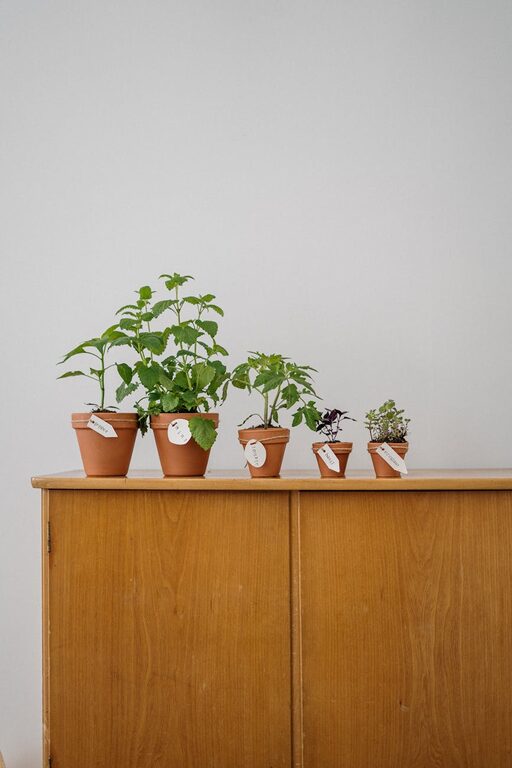Starting a small herb garden indoors is an enjoyable and practical way to bring fresh flavors into your kitchen while brightening up your living space. Whether you have a spacious home or just a sunny windowsill, growing herbs indoors can be simple and rewarding. This guide will walk you through everything you need to know to get started.
Why Grow Herbs Indoors?
Herbs are among the easiest plants to grow inside your home. They require minimal space, provide fresh ingredients for cooking, and even improve indoor air quality. Growing your own herbs also saves money and reduces trips to the grocery store.
Choosing the Right Herbs for Your Indoor Garden
Some herbs are better suited to indoor growth than others, especially if you’re a beginner.
Best Herbs for Indoor Gardens
– Basil: Prefers warm, bright spots; great for pesto and salads.
– Chives: Tolerant of cooler conditions; easy to harvest.
– Mint: Thrives indoors but can spread quickly.
– Parsley: Steady grower that enjoys moderate light.
– Thyme: Low maintenance with a pleasing fragrance.
– Oregano: Hardy and requires less water.
Starting with one or two herbs is ideal to learn how they respond to your space.
Selecting Containers and Soil
Choosing the right container and soil helps your herbs grow well indoors.
Container Tips
– Use pots with drainage holes to prevent waterlogging.
– Ceramic, terracotta, or plastic pots all work well.
– Size matters: 6-8 inch pots are suitable for most herbs.
Soil Recommendations
– Use high-quality potting soil designed for indoor plants.
– Avoid garden soil, which can be too dense and may contain pests.
– Consider a soil mix with good drainage and organic matter.
Finding the Perfect Spot Indoors
Herbs usually need plenty of light to thrive.
Light Requirements
– Most herbs need 6-8 hours of sunlight daily.
– South or west-facing windows are ideal.
– If natural light is limited, grow lights can supplement.
Other Considerations
– Avoid placing herbs near drafts or heating vents.
– Keep the temperature around 65-75°F (18-24°C).
Planting and Caring for Your Indoor Herb Garden
Planting Steps
- Fill pots with potting soil, leaving about an inch below the rim.
- Plant seeds or small starter plants according to package instructions.
- Water gently, keeping soil moist but not soggy.
Watering Guidelines
– Herbs prefer evenly moist soil.
– Water when the top inch of soil feels dry.
– Avoid overwatering, which leads to root rot.
Feeding Your Plants
– Fertilize herbs once a month with a balanced liquid fertilizer diluted to half strength.
– Be careful not to over-fertilize, as this can reduce flavor intensity.
Pruning and Harvesting
– Regularly pinch off the tips of your herbs to encourage bushier growth.
– Harvest leaves from the outside toward the center.
– Avoid removing more than one-third of the plant at a time.
Troubleshooting Common Issues
Yellowing Leaves
– Usually caused by overwatering or nutrient deficiency.
Leggy Growth
– Often due to insufficient light. Move the plant closer to a light source.
Pests
– Indoor herbs can attract aphids or spider mites.
– Wipe leaves with a damp cloth or use insecticidal soap if necessary.
Additional Tips for Success
– Rotate plants weekly to ensure even growth.
– Group plants together to create a microclimate with higher humidity.
– Experiment with different herb varieties once comfortable.
Conclusion
Starting a small herb garden indoors is a charming and practical project that offers year-round benefits. By selecting the right herbs, providing adequate light and water, and caring for your plants regularly, you’ll enjoy fresh, homegrown herbs no matter the season. Get growing and bring a little green into your indoor space!
—
Happy gardening!

